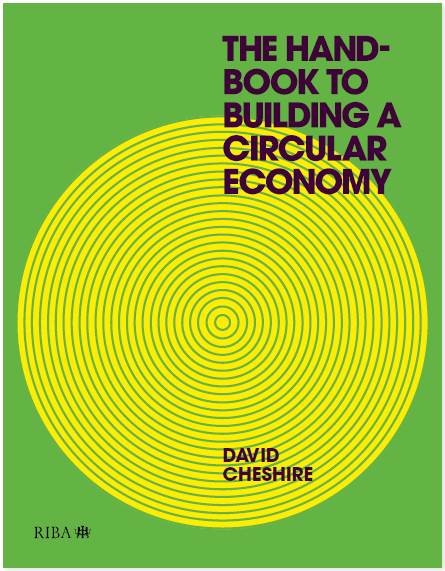The circular economy: three ideas for a more sustainable built environment
As the world looks to Glasgow for the COP26 conference on climate change, we’ll be discussing some of the changes our industry needs to make and reflecting on the COP debate on the AECOM Blog. Join the discussion on social media by following us on Twitter and LinkedIn. Find more information in our special COP26 edition of our “Future of Infrastructure” report: https://infrastructure.aecom.com
Back in the halcyon, pre-pandemic days of 2015, I was writing a book on what was then an esoteric subject – applying the circular economy to the built environment. Since then, Extinction Rebellion, Greta Thunberg, supply chain disruption and the race to net zero have pushed circular economy thinking into the mainstream. The Greater London Authority, for example, now requires a Circular Economy Statement for all major developments, and organisations around the world have committed to achieving net zero carbon emission buildings by 2030.
The stakes for the construction industry are high. Not only does the industry use nearly half of the world’s extracted materials, but it also generates around a third of the world’s waste. Resource extraction is responsible for 90 percent of biodiversity loss and half of all greenhouse gas emissions. A rapid transition away from our throw-away linear economy of take, make, dispose is essential if we are to avert the worst impacts of the climate crisis.
But we don’t need to be constantly mining for new materials. Our towns and cities are a goldmine of valuable resources that over the centuries have been gleaned from around the world, processed and turned into useful components. The existing urban fabric could provide all the resources that we need to regenerate the built environment, but we must disrupt and re-design the current systems to wean ourselves off the insatiable appetite.
How can we do that? Here are three ideas:
1. Repurpose and refurbish existing buildings. The operational carbon emissions of a new building are far lower now thanks to a far cleaner, greener electricity grid and efficient building design. This has made the embodied carbon impacts – the emissions associated with pouring concrete, forging steel and extruding aluminium – far more important. Refurbishing could save over half the embodied carbon compared to a new building. In the future, we are likely to see developers actively looking for buildings that are ripe for refurbishment rather than re-development.
2. Start mining the urban environment for precious resources. There are new techniques emerging that will allow us to make new concrete from old, punch the mortar out from between bricks and make new structural timber from salvaged wood. There are brokers, such as GlobeChain, who have created a reuse marketplace that connects corporations to charities, SMEs and people to redistribute unneeded items to those that need them. It has over 10,000 members and has diverted over 6.1 million kilograms of resources from landfill, creating savings of over €4.4 million for charities.
3. Stock up. We need to scale this all up to the point that the stock of materials in the urban environment can be used to store the resources in buildings, becoming materials banks that provide resources for the future.
Applying circular economy principles to the built environment could radically reduce its carbon footprint, slash demand for new materials and turn waste into a resource. With the climate crisis looming, we need all the help we can get.
David Cheshire’s book, Building Revolutions, which discusses circular economy, was published in 2016 by the Royal Institute of British Architects. A much-updated second edition, The Handbook to Building a Circular Economy, was published in September 2021.







